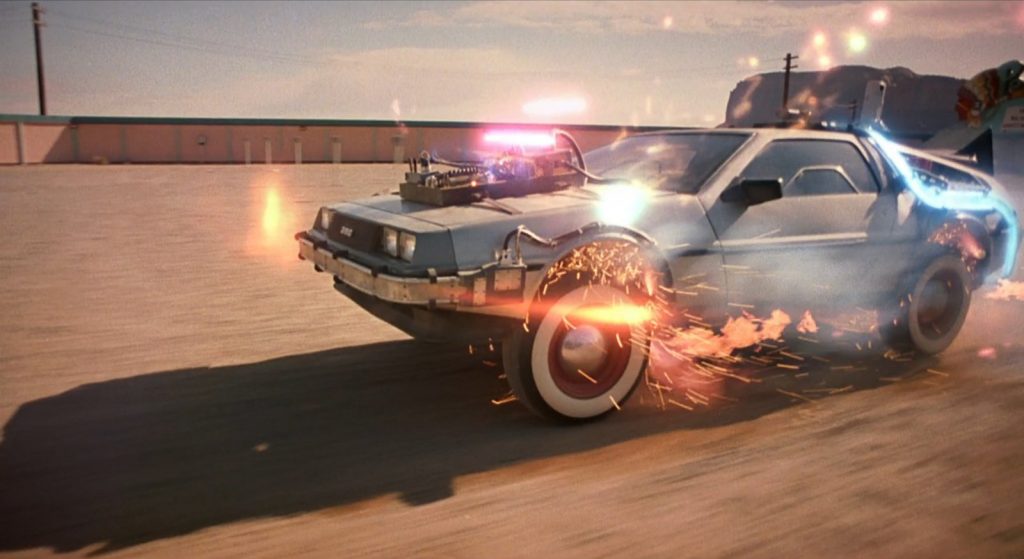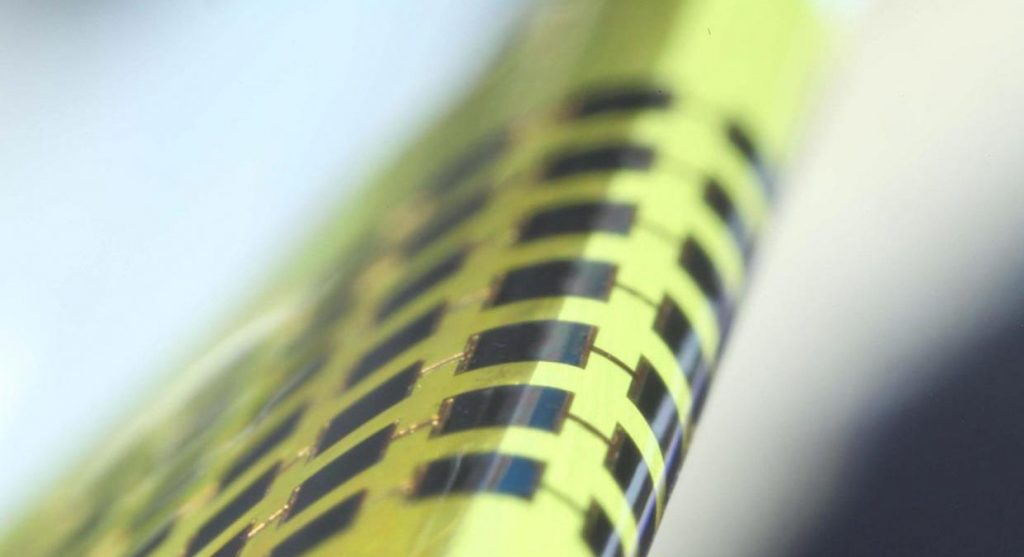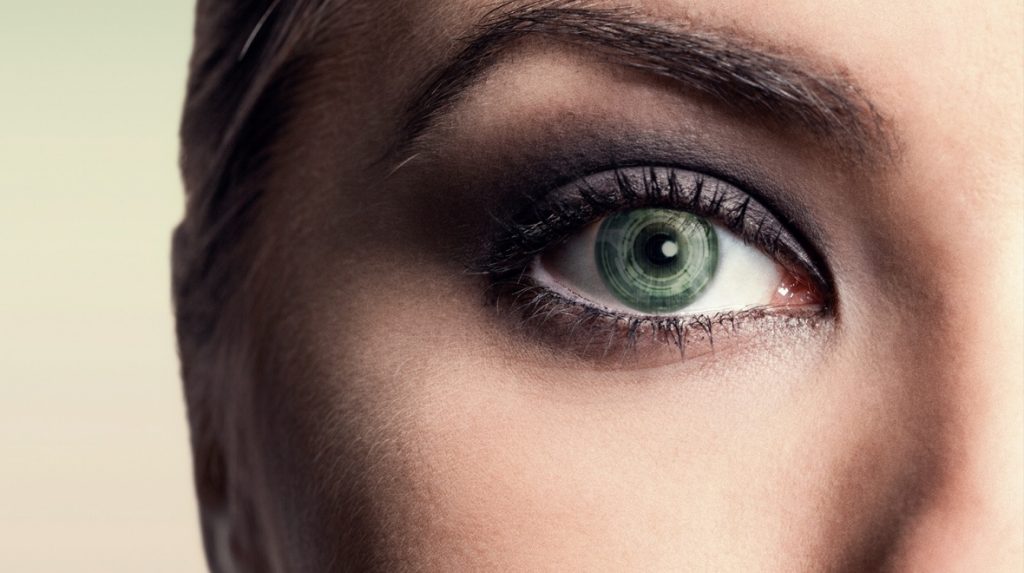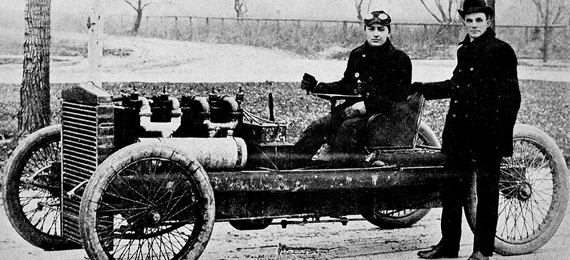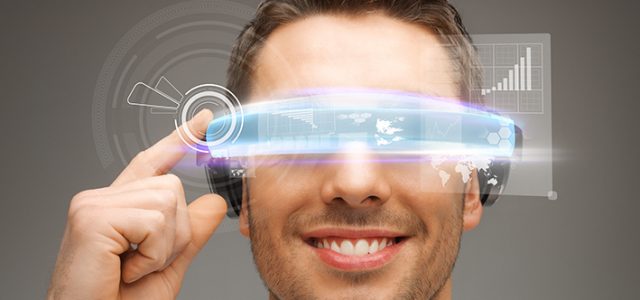
We talk a lot about wearables because they’re the coolest emerging technology right now. It’s a little like being into cars if it were 1910. If you could go back in time, imagine what you could tell Henry Ford about the future of vehicles?
Despite the fact that you probably know very little technically speaking about cars, you could totally mess with the space-time continuum.
Somewhere out there, in the circuits of time’s future, a future you is wringing his hands to tell you what will or will not matter in wearables of the future. Based on what we currently know, here are four imaging technologies making their way into the wearables worn by your future self.
The big thing all today’s electronics are up against is battery power. While someone recently found a way to increase battery life by forever, those batteries would still need to be recharged.
Until we can make a battery that lasts forever without being charged, we’re stuck swapping out fuel cells… or are we?
Recently, other scientists figured out a way to make paper thin solar cells, which are flexible and efficient. Their belief is that these photovoltaic cells could be applied to wearables to increase battery life.
We like this idea. At first, it may not completely eliminate batteries, but like hybrid cars have increased a car’s distance between gas pumps, solar cells could increase the distance between our battery recharges.
If those batteries are infinitely rechargeable, then we are looking at a power revolution.
In truth, we are already there… er, here. There is an artificial intelligence to your basic search engine, but we’ve come much farther than passive intelligence like Google. We are well into machine learning, where forms of artificial intelligence (AI) can adapt new information via machine learning.
The creators of Vi, a team called LifeBEAM, intends to ship a wearable with machine learning AI abilities by the end of 2016.
With big tech companies, like Google, Apple and Amazon hammering out the details on the Echoes, the Cortanas and the Siris of the AI world, it’s only a matter of time before all of our electronics have audible machine learning.
If in five years our computers don’t talk to us, something has gone wrong. Wearables will be a big part of this revolution.
Google’s intentions to create a glucose-measuring contact lens may have more application than just helping diabetics. There may be a way to utilize glucose data to estimate consumed calories.
Alternatively, the creators of Healbe Gobe turned out a behemoth calorie wearable in 2015, but the science was questionable. They may be quietly working on a follow-up product.
Whoever it is, someone will figure it out. The wearable that can track what you burn and what you consume will be the category killer of the year.
It’s not a matter of if, but when…
Zenta is coming, Zenta is coming!
The crew that brought us the Altrius wearable is crowdfunding the release of one of the most interesting wearables this year.
We talked more in detail about it here, but here are the brass tacks: Zenta will measure your stress levels, then coach you on taking breaks when your stress rises.
While Vinaya may be the first with stress tracking, you can expect more to follow. Not just stress trackers, but with metrics, we haven’t yet considered.
Tomorrow’s fitness trackers are going to measure more than today’s.
Maybe the exciting time-travel experience wouldn’t be traveling back in time, but traveling into the future.
How fun would it be to bring Henry Ford to 2016, show him the cars and wearables of our world? How fun would it be to go five years into the future of wearables? A lot can change in the amount of time.
A lot WILL change.
